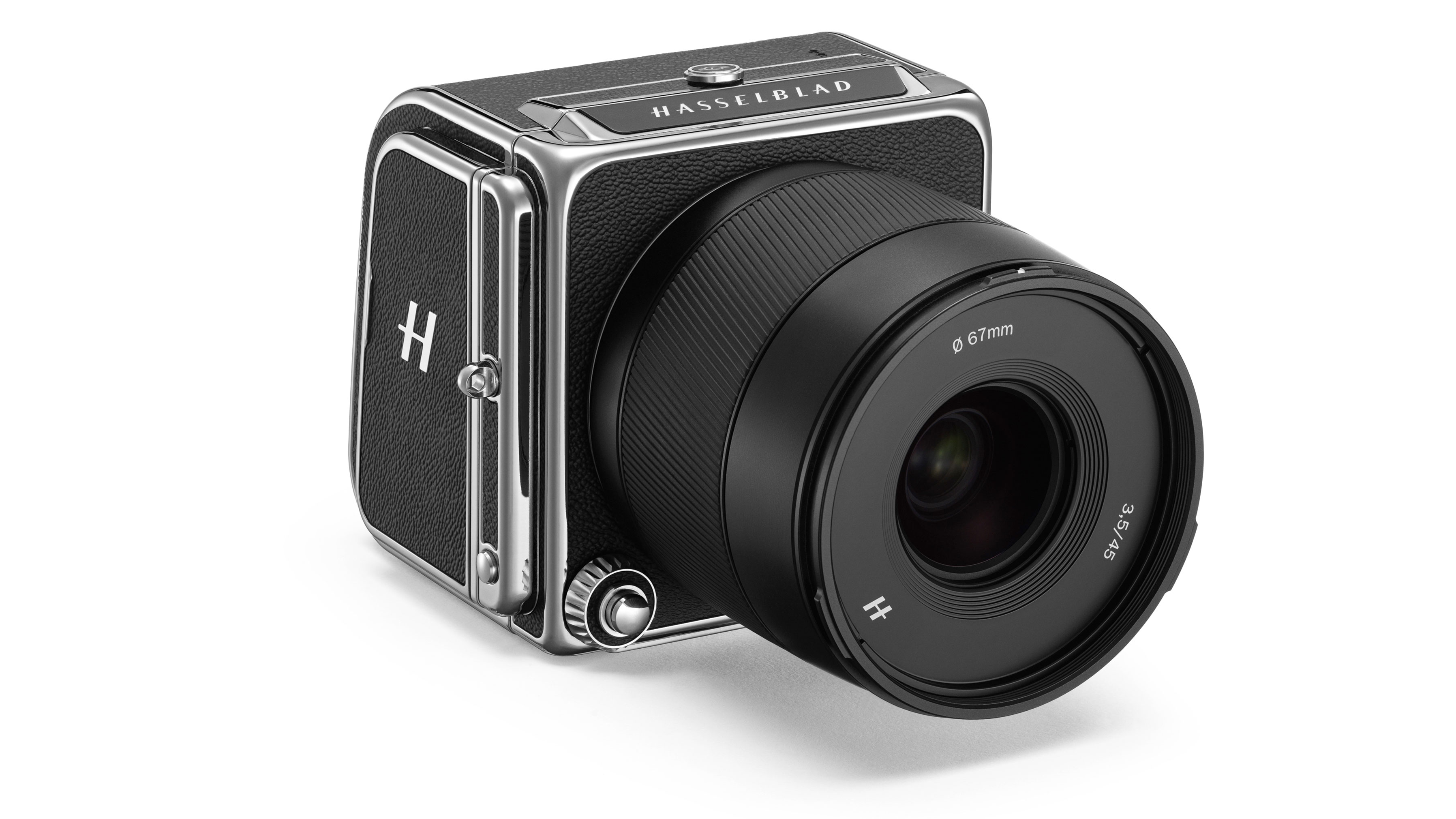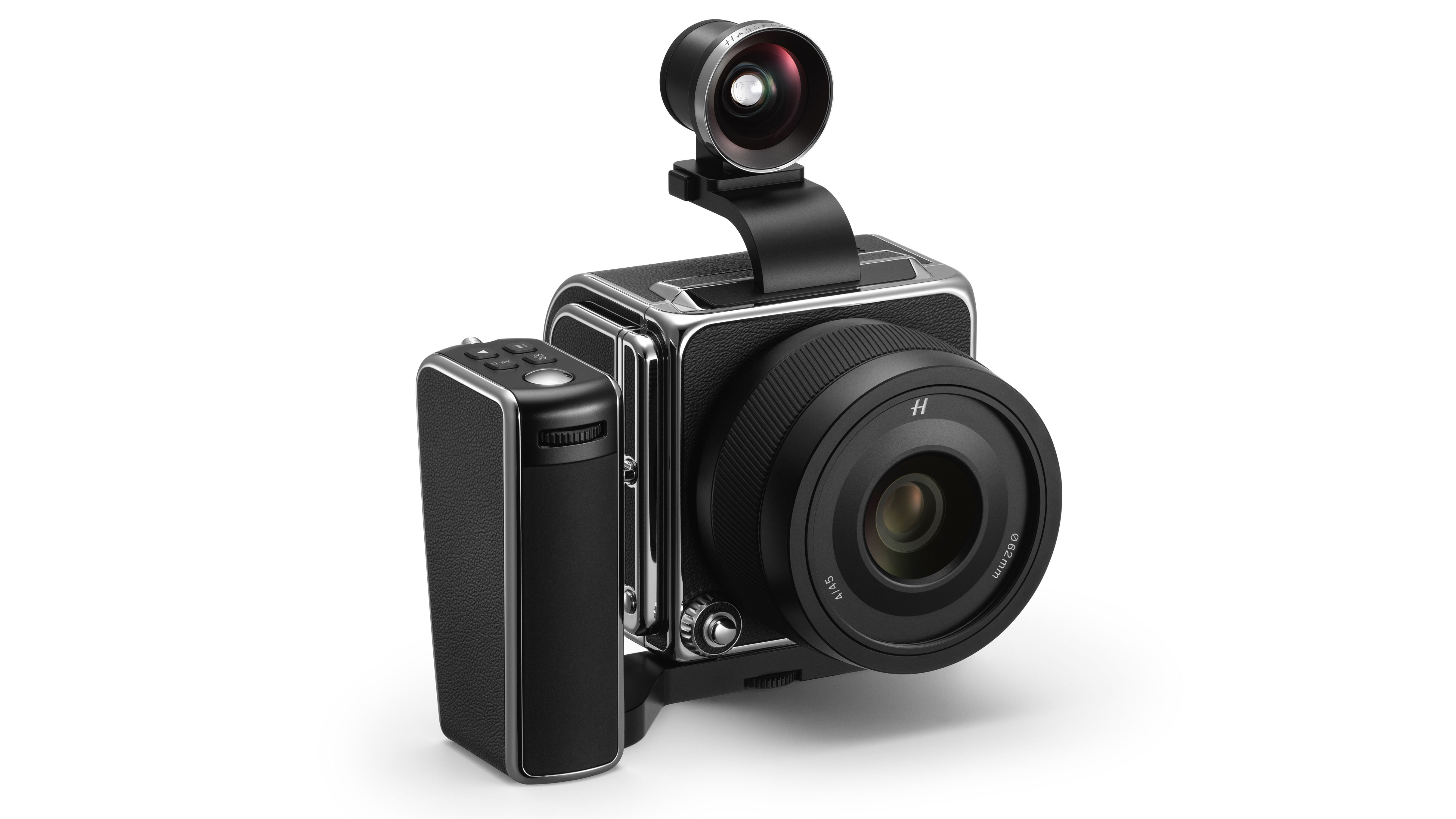The Hasselblad 907X 50C goes on sale at the end of August and could change everything
Affordable medium format cameras were the first breakthrough; affordable modular systems could be the next!

The Hasselblad 907X was originally announced as a special edition model back in July 2019, but the company said at the time that a full production version was planned, and here it is.
The 907X 50C has the same 50MP resolution as the Hasselblad X1D mirrorless camera and uses the same XCD lenses. However, it uses a completely different, modular design, consisting of a CFV II 50C digital back which handles the image capture and the new, slimline 907X body, which effectively acts as the physical and electronic interface between the digital back and the lenses.
Where the Hasselblad X1D is a mirrorless camera with a medium format sensor, the 907X 50C is a modular camera which harks back to the design of classic Hasselblad professional camera systems, right down to the black leatherette trim and chrome edging.
The 907X 50C will be sold as a kit, consisting of the digital back and the 907X camera, while lenses will be sold separately.
The CFV II 50C digital back can be detached and used separately, however, and we’re told it can be attached directly on to the back of an old 500CM modular DSLR with no extra cables or connections, resurrecting a classic 20th-century film camera once found in every pro’s kitbag.
Hasselblad 907X 50C specifications
The Hasselblad 907X 50C has the same sensor (we believe) as the X1D II, measuring 43.8 x 32.9cm and with a resolution of 50 million pixels. It’s the smaller of the two ‘medium format’ sensor sizes currently in use, but still 67% larger in area than a full frame sensor. Hasselblad says its sensor offers 14 stops of dynamic range. It also captures 16-bit raw files, compared to the 14-bit capture of full frame cameras.
The CFV II 50C digital back has a 3.2-inch 2.36m-dot titling touchscreen display. There is no viewfinder built in, but there will be an add-on 907X Optical Viewfinder for $499/459. The back also offers modern conveniences like an integrated battery slot and USB charging.
The best camera deals, reviews, product advice, and unmissable photography news, direct to your inbox!
There is also going to be a 907X Control Grip ($729/£629) for a more conventional handling experience in handheld photography, with its own camera controls.
The 907X 50C doesn’t quite stretch to 4K video, but does offer 2.7k (2720 x 1530) and Full HD (1920 x 1080) video. Stills and video are captured on dual UHS-II SD card slots.
The combined weight of the CVF II 50C back and 907X camera body is a modest 740g.
Hasselblad 907X 50C price and availability
The 907X 50C goes on sale at the end of August but is available for pre-order now. The price will be $6399/£5990 for the camera back and body combined, with lenses sold separately.
The 907X 50C makes the medium format market a whole lot more interesting! Until now, Fujifilm has had the advantage for ‘affordable’ medium format cameras with the GFX 50S and GFX 50R, with the Hasselblad X1D II as a slightly more expensive alternative
The arrival of the 907X 50C could really turn things around for Hasselblad, though, as it’s not just a standalone camera but part of a flexible, modular system that ties in with the rest of the Hasselblad ecosystem.
Affordable medium format cameras were the first breakthrough; affordable modular systems could be the next.
• Preorder the Hasselblad 907X 50C at B&H Photo (US)
• Preorder the Hasselblad 907X 50C at Wex Photo (UK)
Read more:
• Best Hasselblad lenses
• Best medium format cameras
• Best professional cameras
• Hasselblad X1D II review

Rod is an independent photography journalist and editor, and a long-standing Digital Camera World contributor, having previously worked as DCW's Group Reviews editor. Before that he has been technique editor on N-Photo, Head of Testing for the photography division and Camera Channel editor on TechRadar, as well as contributing to many other publications. He has been writing about photography technique, photo editing and digital cameras since they first appeared, and before that began his career writing about film photography. He has used and reviewed practically every interchangeable lens camera launched in the past 20 years, from entry-level DSLRs to medium format cameras, together with lenses, tripods, gimbals, light meters, camera bags and more. Rod has his own camera gear blog at fotovolo.com but also writes about photo-editing applications and techniques at lifeafterphotoshop.com


